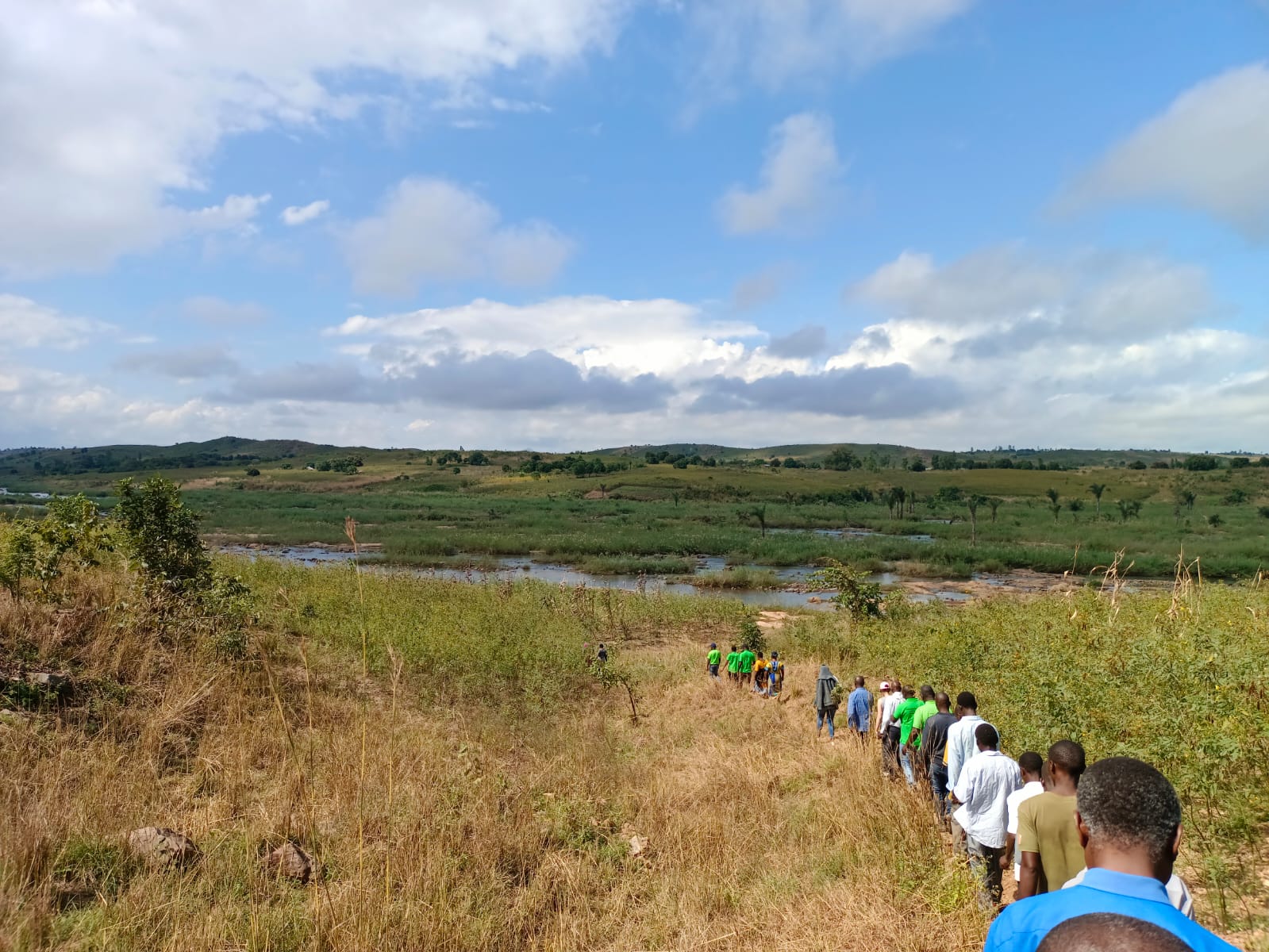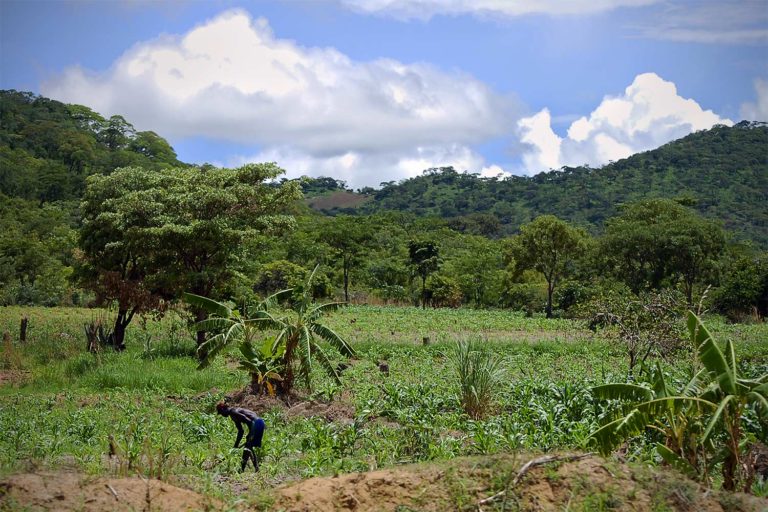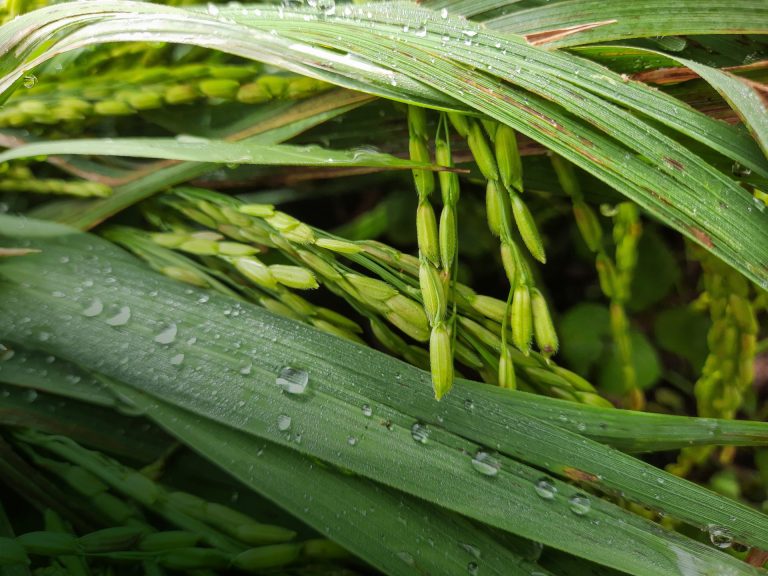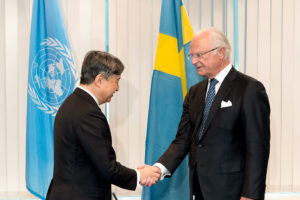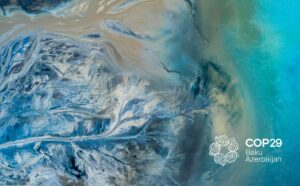Rallying the Zambezi region around climate resilient agriculture
“Currently, ecosystems are degraded by unsustainable practices, pollution, and climate change. With techniques within rainfed agriculture that utilize green water, yields increase and become more stable over time.”
Changing practices requires support and incentives
However, while currently 95% of food production in Africa relies on rainfed agriculture, only 5% of public agricultural water investments go into enhancing it. Asked about this discrepancy, Menouer outlines several reasons: “It has been easier for donors, governments, and development banks to focus on big infrastructure for irrigation, which has a proven link to high yields. But this is possible in geographical settings that have perennial sources of water.”
Furthermore, different actors have faced several obstacles in implementing and upscaling projects that enhance rainfed agriculture: “It is not the case that donors and governments are not willing to support rainfed agriculture. Many projects that we visited, rely on small NGOs which do not have the capacity to upscale. A lack of knowledge on the expected benefits and the high administration costs to implement such change have hindered progress.”
Menouer explains that “poverty and lack of support have been big hurdles on the side of the farmers.” In her experience, changing practices requires training and support. Yet already small investments can make a huge difference: “The farmers do not ask for much. They need training on these practices, some tools, equipment, and inputs to compensate for their increased efforts.”
A final challenge for increasing investments concerns data: “There is a lack of cases with empirical data to determine the exact economic, environmental, and social benefits of enhanced rainfed agriculture. Those are needed for contracts between farmers and donors. We know from the farmers and local NGOs that there is a lot of impact. Yet, there is still a need to “effectively package and present these impacts to attract investors, whether they are public or private”.
“Our mechanism is not a top-down approach. It is a people centered approach. It is about the communities of farmers adopting new practices and properly getting compensated for it.”
Placing farmers at the center
TIARA’s mission is to overcome these obstacles by building the case for financing rainfed agriculture, and ultimately increasing food security in Africa: “We have selected pilot projects in countries such as Zambia, Zimbabwe, and Malawi, where farmers are trained to change their practices. We are currently measuring the impact on farmers and the environment”, says Menouer.
She argues that a key aspect of the approach is putting farmers at the center: “Our mechanism is not a top-down approach. It is a people centered approach. It is about the communities of farmers adopting new practices and properly getting compensated for it.” She adds: “We do not push for specific practices. We rely on local NGOs who are used to training farmers based on local conditions and are in constant dialogue with them.”
In the past it has proved challenging to link funding to a clearly measurable output. Now, the results of the projects are evaluated in a collaborative effort: “We need to institutionalize investments in rainfed agriculture and get governments to develop supporting policies”. Once the benefits for ecosystems, communities, and food security are documented, a wide range of investors including municipalities, companies or climate funds could be targeted. Menouer explains that “to support this process, we identify relevant information and collect data on what results the change of practices generates. Together with the Zambezi Watercourse Commission, the next step will be to reach out to donors and demonstrate the potential of investments in rainfed agriculture”.
Investment Forum: A key moment to accelerate action
A key moment for this next step is coming up in Botswana in August, at the Zambezi Rainfed Agriculture Investment Forum. The Forum is convened by the Zambezi Watercourse Commission, with SIWI as the co-organizer. “We want to bring together governments, development banks, private stakeholders, farmer organizations, NGOs, and research institutes with the goal to attract more investment into rainfed agriculture.”
At the forum, TIARA will showcase different models for investments in rainfed agriculture and present first results from its pilot projects: “We want to discuss how we can upscale them. What works in one place does not necessarily work in another”, says Menouer. Therefore, the pilots work with “models that are easily adjustable to local conditions.” Gathering a wide range of different actors further serves as an opportunity to enhance collaboration: “We aim to improve the dialogue between governments and other stakeholders. There is still great potential to exchange knowledge.”
Menouer hopes that the Forum could turn into a starting point for increased ambition: “I hope we can enhance collaboration and get some initial commitments from the governments and other public and private investors.”
